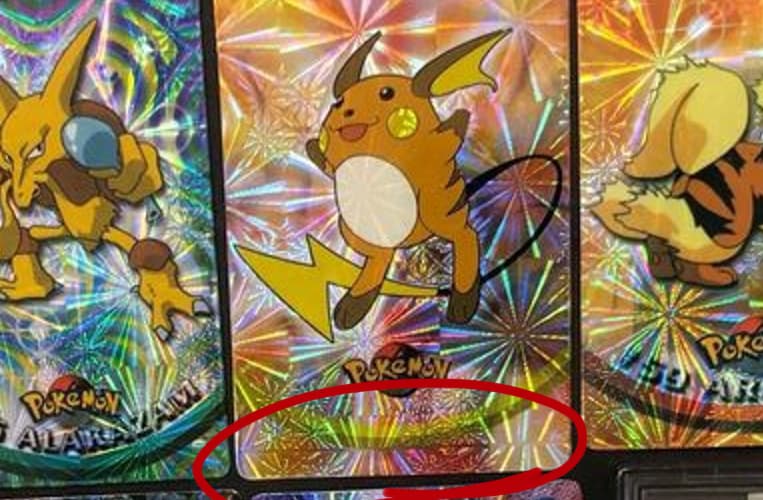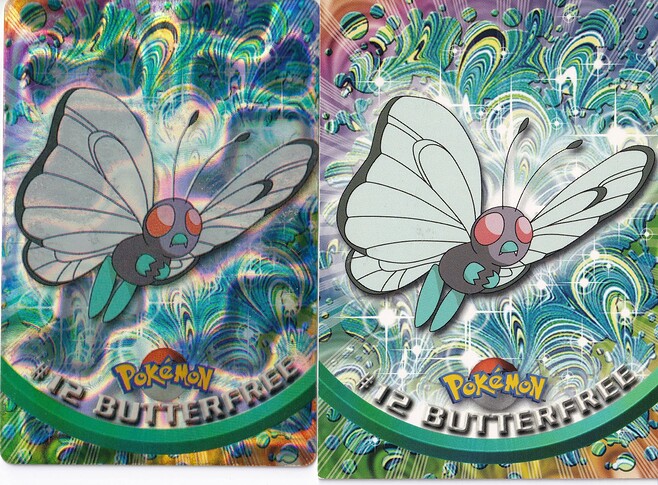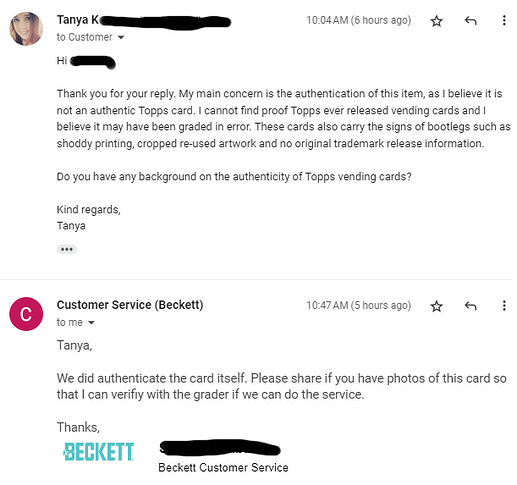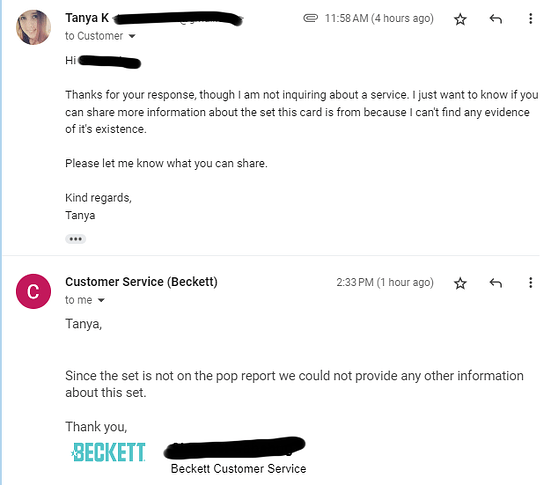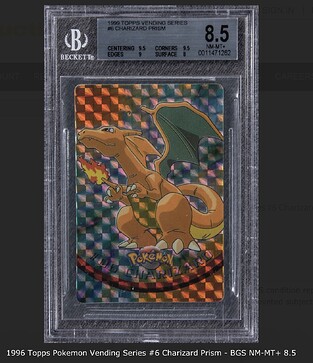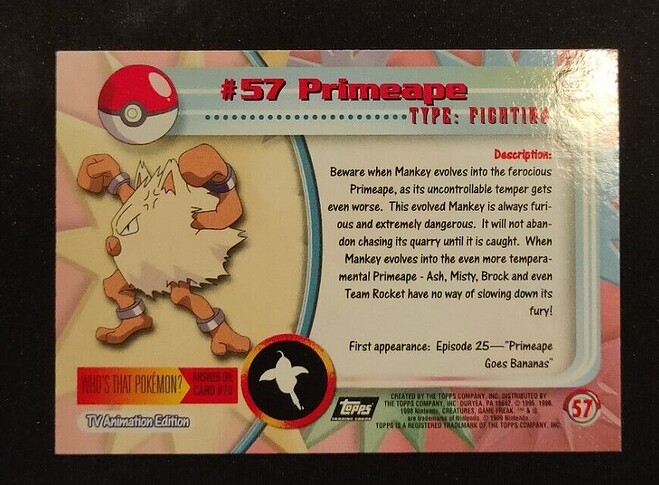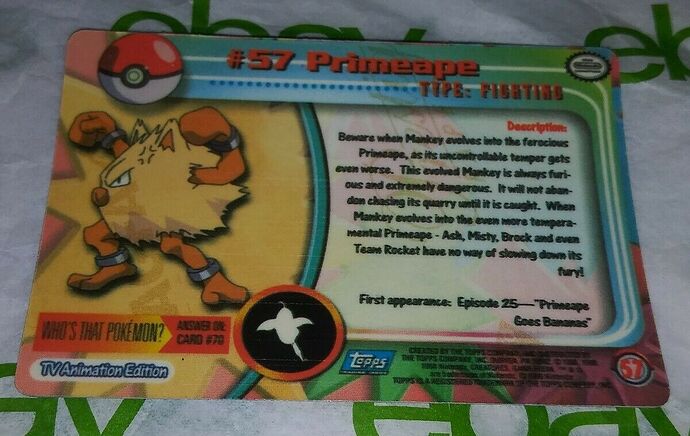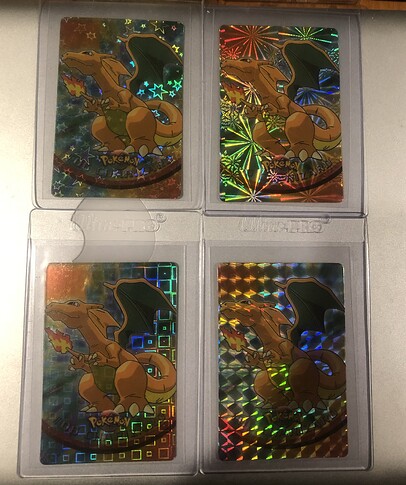So I went down a bit of a rabbit hole yesterday after stumbling upon this Facebook sales post of a guy selling “mint / never vended” “1999 Topps vending cards”.
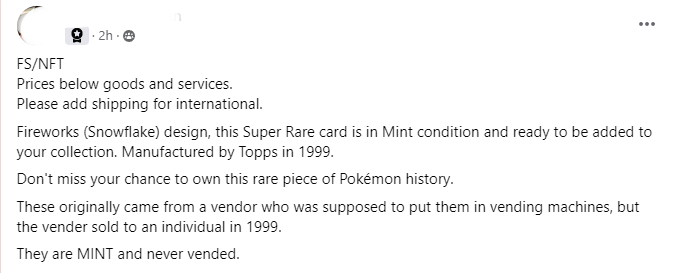
The problem is Topps never manufactured or released “vending cards”. I felt buyers should be aware that these aren’t authentic Topps cards so I left a comment politely letting people know these aren’t authentic, which then angered the seller who said I was “sabotaging his post”. It goes on for a bit but TL;DR is I asked the guy for evidence that the cards were authentic Topps and he was unable to provide anything, nor did he seem to even know what he had. He has since blocked me.
I don’t really care if someone’s selling fake cards, but at least let buyers know what they’re buying. But besides that point: now I’m wondering how the hell did the Charizard get authenticated by Beckett if it’s fake?
A bit of background on Topps cards for those unfamiliar:
Topps (well-known for sports cards with the pointy square edges) made 12 sets of Pokemon cards based on the anime and the first two films from 1999 through 2004.
The original cards were released in packs and have sharp edges with varying holofoil patterns, depending on the set.
These “vending” cards have round edges and also all the marks of a bootleg such as: shoddy print quality, holofoil patterns not used in authentic Topps cards, cropped artwork and even missing pokemon names (look at the Raichu and Gloom cards)
Reddit user Daniel Girard Bolduc made this comparison on a thread between a bootleg “vending sticker” Butterfree and an authentic Topps card. As you can see the artwork is cropped in further than on the original. This is because when printing cards you need to allow “bleed” so you can cut the card without any white showing around the edges. However, because bootleggers are using scans of existing cards, they don’t have the original art files and need to crop the artwork slightly smaller to compensate.
So why are they called “vending” cards? Because back in the day various companies made fun holofoil bootlegs of either existing pokemon cards or made their own unauthorized cards for use in vending machines. Some of them were actually stickers you could peel off and put on your binder. I got a few myself as a kid outside the local convenience store. They’re fairly popular still for nostalgia value, but they are not authentic Pokemon merchandise.
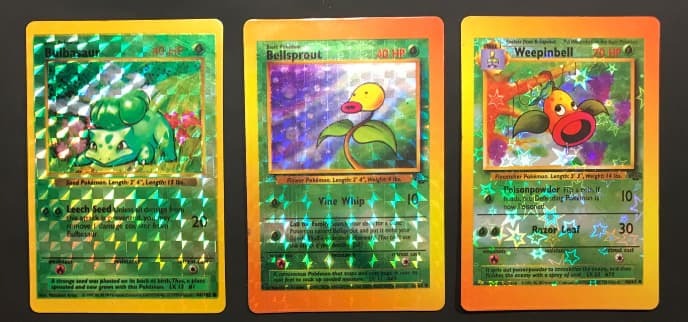
ANYWAY! So how did this Charizard get authenticated?? The cert checked out so it wasn’t tampered with.
I decided to ask Beckett directly.
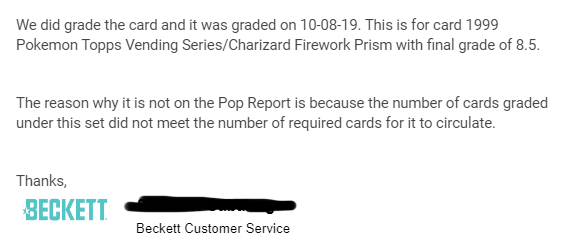
Okay, that explains the “0” on the POP report I guess, but no explanation on the authenticity yet.
Again no answer… and some confusion.
And now this. So they confirmed they authenticated it… but they can’t give me any information on the set because it’s not on the pop report… even though they authenticated it…
So anyway that’s where I currently am. I still 100% believe the cards are fake and that Beckett graded a fake card. I’m more than happy to eat my hat if the cards turn out to be legit somehow, but all evidence is pointing otherwise. At this point I’m just trying to let Beckett know they should remove this card and any others like it from their database and acknowledge the cards are not authentic.

